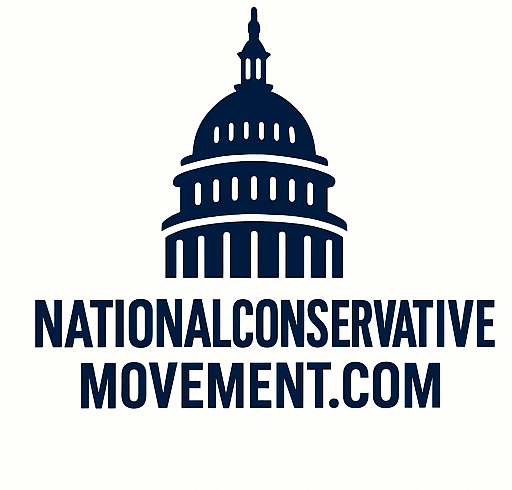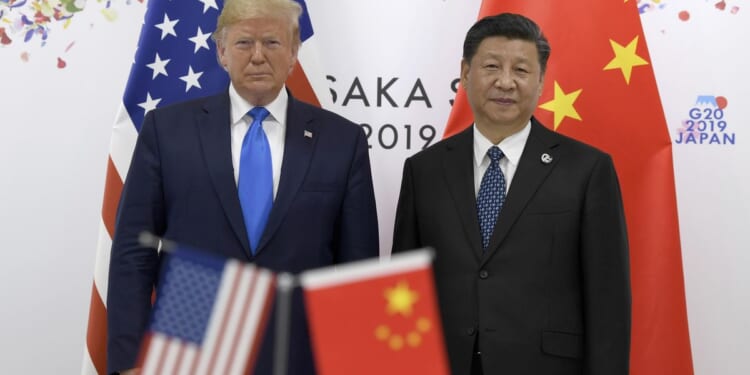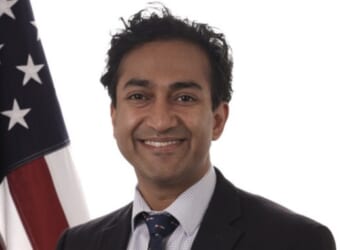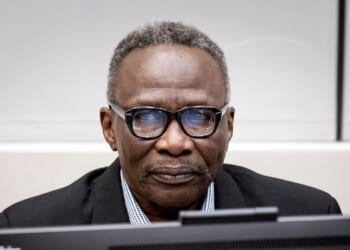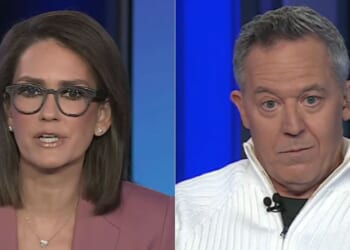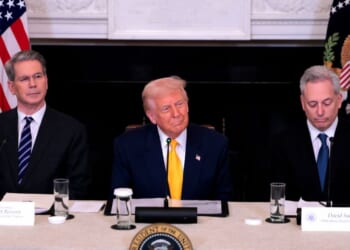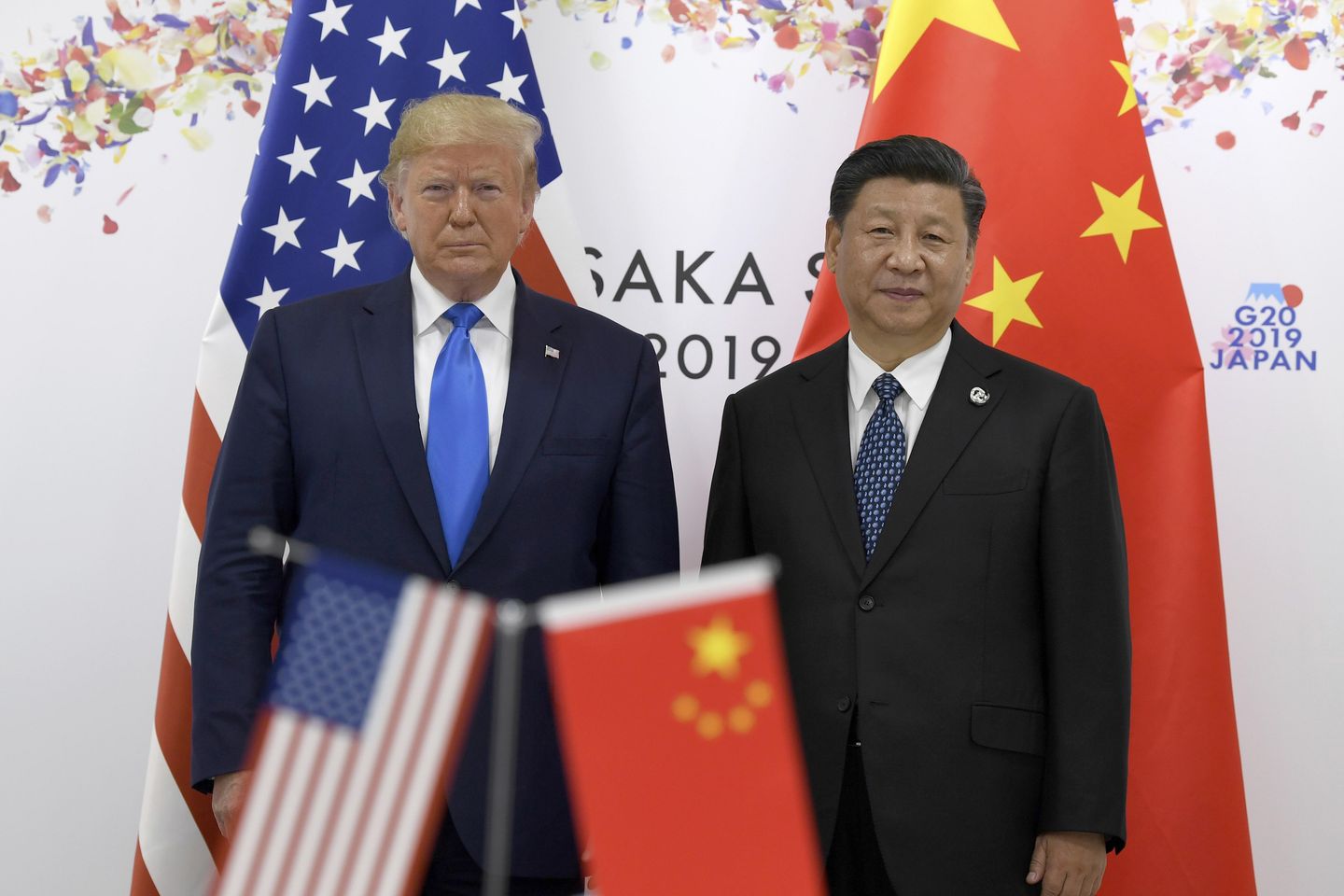
President Trump leaves Washington on Friday for a whirlwind tour of Asia with an ambitious to-do list of high-stakes meetings, including with Chinese President Xi Jinping, that could reshape a global economy grappling with his reordering of trade relations.
A successful trip could produce big wins for various U.S. industries, including agriculture, technology and automotive. However, returning home without finalizing trade deals with Malaysia, South Korea and China could drag down the U.S. economy.
Also at stake is Mr. Trump’s reputation as a peacemaker. He is riding a wave of momentum after brokering a successful but fragile ceasefire between Israel and Hamas. In Asia, he needs to secure an expanded ceasefire between Thailand and Cambodia, persuade Japan to increase its defense spending, and press South Korea to pick up more of the cost of stationing U.S. troops there.
All eyes will be on the meeting with Mr. Xi on Thursday, said White House press secretary Karoline Leavitt. Given China’s crackdown on exports of rare earth elements, Mr. Trump had waffled on following through with the meeting, but he said talks could lead to a positive outcome.
“I think we will make a deal,” Mr. Trump said.
Wendy Cutler, vice president of the Asian Society Policy Institute, said Mr. Trump’s trip will test his diplomatic skills.
“It is a delicate time for U.S.-Asian relations,” she said. “The bilateral meetings are extremely important. These countries are very torn because they are getting a lot of pressure from the United States to do certain things and threatened with high tariffs. At the same time, China is pressuring them not to bend to too many U.S. requests, and these countries are feeling squeezed.”
Mr. Trump’s first Asia trip of his second term has a jam-packed itinerary.
He is scheduled to arrive in Malaysia on Sunday and attend a bilateral meeting with Prime Minister Anwar Ibrahim and the working dinner of leaders of the Association of Southeast Asian Nations.
Mr. Trump will fly to Tokyo on Monday. On Tuesday, he is set to meet with newly elected Japanese Prime Minister Sanae Takaichi.
On Wednesday, he will fly to Busan, South Korea, to meet with President Lee Jae-myung and deliver remarks at the Asia-Pacific Economic Cooperation summit in Gyeongju.
Mr. Trump’s meeting with Mr. Xi on Thursday, on the sidelines of APEC, likely will overshadow the summit. Treasury Secretary Scott Bessent is expected to huddle with his Chinese counterparts this weekend.
The Trump-Xi summit could defuse trade tensions between the two largest economies that threaten to engulf the globe. China recently threatened to restrict its supply of rare earths, which are critical to electric vehicles, smartphones and military equipment. Mr. Trump has vowed to retaliate by raising tariffs on Chinese goods to 155%.
Also on the agenda are discussions on stopping the flow of fentanyl precursors from China and pressuring Beijing to resume purchases of U.S. soybeans. China is the world’s largest soybean importer but has halted purchases from the U.S. amid the trade disputes.
Relations between the U.S. and China have ping-ponged in recent weeks. Earlier this month, Washington was optimistic about a Trump-Xi meeting and a potential trade deal. That optimism dissipated after the U.S. announced new export controls on subsidiaries of some Chinese companies and began collecting port fees on Chinese vessels. Beijing has slapped the same port fees on U.S. vessels.
Beijing appeared angered by the Trump administration’s fees on Chinese ships in American ports and restrictions on exporting certain technologies.
China characterized its move as a common trade practice.
“The measures are designed to better safeguard national security and interests and to better perform nonproliferation and other international obligations,” the Chinese Commerce Ministry said. “These measures are not targeted at any specific country or region. Legitimate and compliant export applications will be reviewed and granted accordingly.”
U.S. officials say they have leverage in negotiations because Chinese companies rely on the rich U.S. market.
Experts say the meeting won’t resolve the differences between the two nations but could be a reset.
“I don’t think this meeting will solve all of the problems with U.S.-China relations, but I think it will offer, potentially, a way for Trump to judge Xi for himself and to have more of a perspective on what China is doing,” said Jack Burnham, a specialist on the Chinese military for the Foundation for Defense of Democracies.
During his three days in Japan, Mr. Trump will meet with Ms. Takaichi, the first woman to become prime minister. She took office Tuesday.
Ms. Takaichi is preparing a proposal for Japan to buy more U.S. soybeans to compensate for China’s loss, as well as American-made pickup trucks and liquefied natural gas, according to Japanese media reports.
It’s unclear whether she will commit to defense spending as Mr. Trump presses her and other Asian allies to do more.
Mr. Trump wants Japan to increase its defense spending to 5% of its gross domestic product and increase its spending on the 50,000 U.S. troops in Japan under a bilateral security agreement. Japan is undergoing a five-year military buildup through 2027 and plans to double its annual defense spending to 2% of GDP.
Although the U.S. has struck a deal requiring Tokyo to invest $550 billion in the U.S. in return for lower automobile tariffs, a successful purchasing agreement could bolster Ms. Takaichi’s fledgling administration, which has a minority in parliament.
Mr. Burnham said Mr. Trump’s meeting with his Japanese counterpart could have a bigger impact than his meeting with Mr. Xi.
“The Japanese prime minister has gone out of her way to portray herself as someone Trump can really work with and model herself after leaders that Trump really has an affection for. I think it could be the case in which the U.S. and Japan cut through some of the noise around these trade negotiations and really work together,” he said.
Also on Mr. Trump’s agenda is expanding a ceasefire between Thailand and Cambodia to secure a lasting peace. The two countries skirmished along their disputed border earlier this year until Mr. Trump stepped in and threatened to withhold trade deals with the countries unless they stopped fighting.
Malaysia has been working with the U.S. as a mediator, and Mr. Trump is expected to sign a ceasefire agreement during the APEC summit.
Mr. Trump also must press Mr. Xi about Chinese military aggression against Taiwan. He said he doesn’t expect Beijing to invade Taiwan but suggested he would authorize the U.S. military to defend its ally.
“We have the best of everything, and nobody’s going to mess with that. And I don’t see that at all with President Xi,” Mr. Trump said. The U.S. is the “strongest military power in the world by far.”
“I think we’re going to get along very well as it pertains to Taiwan and others,” he said.
In South Korea, Mr. Trump is expected to meet with Mr. Lee to hammer out details of a trade agreement. Seoul has balked at Mr. Trump’s demand for a $350 billion investment fund, similar to the one with Japan.
Washington has accepted Seoul’s concerns about foreign exchange market instability and dropped its demand that the fund be entirely cash-based. Other details of the investment fund, including its management structure and profit, also must be finalized.
“There seems to be signs of progress in narrowing the gaps, but it’s still unclear whether they can take this deal over the finish line,” Ms. Cutler said. “If they don’t, it’s going to be very difficult for both sides to keep up that momentum in the negotiations. So in many ways, this event is an action-facing event with pressure on both sides to wrap up a deal that could be announced by the leaders.”
